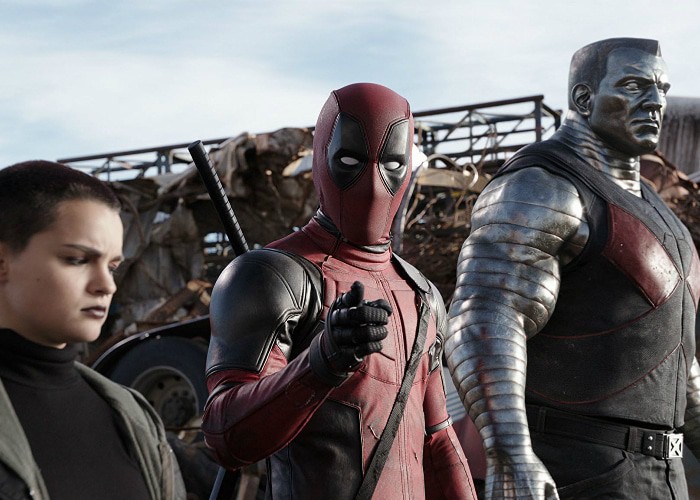The fourth wall is an imaginary barrier between a film or television show and the audience. It’s what separates the real world from the fictional world. Breaking the fourth wall is when the characters acknowledge they are in a movie and interact directly with the audience.
StudioBinder has released a video essay (and an accompanying article) detailing how to break the fourth wall in order to bring the audience deeper into the film. According to the video, the three rules for breaking the fourth wall are: be extreme, be thoughtful, and be controversial.
The video essay uses Frank Underwood (Kevin Spacey) from the TV series House of Cards as their prime example for extreme fourth wall breaks. Frank’s abrupt turns to address the camera do just enough to take audiences out of a moment, but they also serve to keep the audience focused on him.
Deadpool also provides great examples of extreme fourth wall breaks. The first film begins with a fourth wall break, laying down the groundwork for what we can expect from a movie filled with them. Here, the fourth wall breaks are all very extreme and best used as shock humor. Instead of bringing audiences deeper into the drama like House of Cards, these fourth wall breaks surprise audiences with unexpected jokes and punchlines, keeping everything at a distance and in tone with what the film established in the beginning.
Conversely, subtle fourth wall breaks can work well also. There are plenty of scenes in House of Cards where Frank will casually nod or wave to the camera and I think that works just as well as extreme breaks. There are also some moments in Arrested Development where the writers subtly acknowledge that their universe lies within television. Subtle moments like these allow small glimpses of self-referential humor that bring the audience to witness clever comedy firsthand.
The video continues to explain that fourth wall breaks have to be timely and that you want to break the fourth wall with great impact. StudioBinder remarks that thoughtful fourth wall breaks can serve to explain or introduce the audience to certain scenes to help the viewer follow along.
Take The Big Short, for example. Adam McKay’s 2015 Best Picture nominee is a comedy-drama wrapped into the complexities of the 2007-2008 financial crisis. The film is full of economic terminology that surely flies over the heads of most casual viewers, so McKay uses fourth wall breaks to explain these complexities. In one sequence, Margot Robbie in a bubble bath explains these financial terms, allowing us to understand what’s going on in the film.
Moreover, thoughtful fourth wall breaks can help us delve deeper into a character’s psyche, helping us to learn more about them. Fight Club does this excellently. The Narrator (Edward Norton) breaks the fourth wall in order to explain who Tyler Durden (Brad Pitt) is. This fourth wall break is both abrupt and thoughtful, allowing us a glimpse deeper into the mysterious life of Tyler, letting the viewer understand more about the enigmatic character.
Lastly, fourth wall breaks should be controversial. As the video explains, fourth wall breaks ought to be bold, bright, and used to make a statement. StudioBinder further explains that controversial wall breaks aren’t always crass or rude, rather, they should serve to grab the viewer’s attention.
There is a particular fourth wall break in The Wolf of Wall Street that works really well because of how it fits the structure of the film already. Just like the other breaks in the movie, it is bold and captures the viewer’s attention instantly with Jordan Belfort’s (Leonardo DiCaprio) insanely high claim on his drug consumption. This bold break is extreme, thoughtful, and controversial, ultimately serving to teach us more about the character while also making us slightly uncomfortable.
Like understanding how intentional cinematography can benefit a narrative or how crowds can further immerse audiences into movies, understanding how filmmakers make their movies can deepen our appreciation for their films. Fourth wall breaks can sometimes seem arbitrary, but by knowing how they’re best used, casual film fans can better comprehend the complexities of filmmaking.

